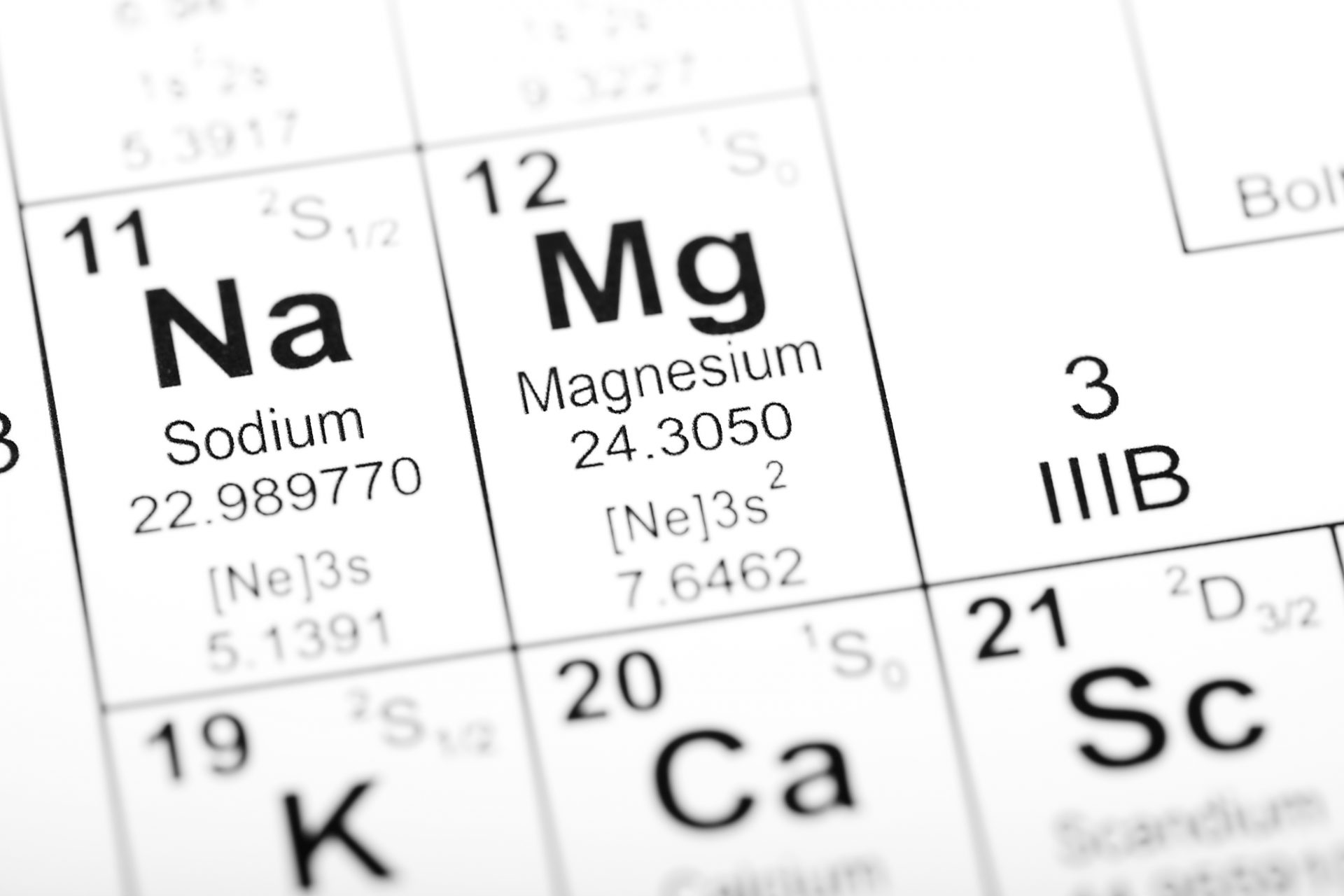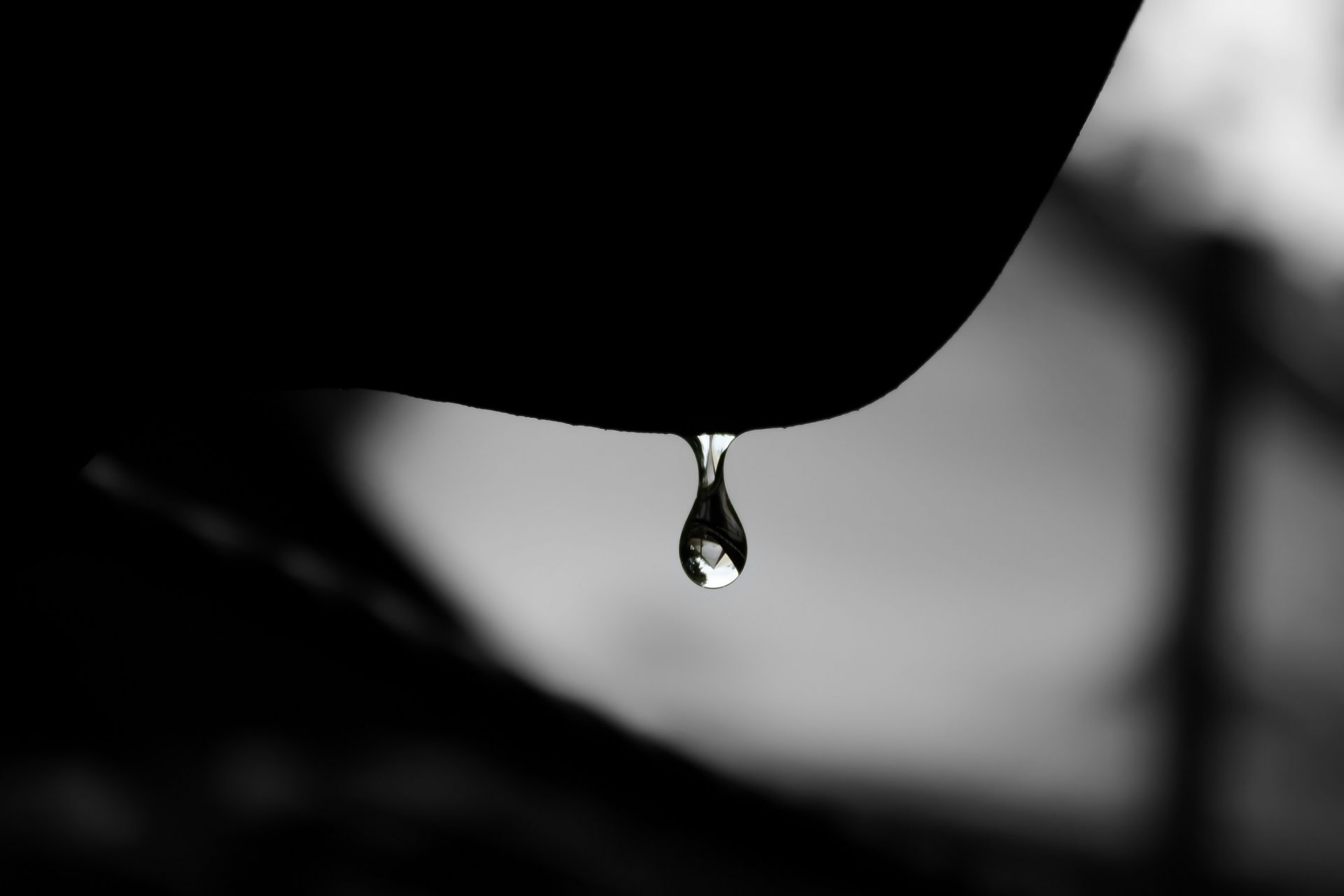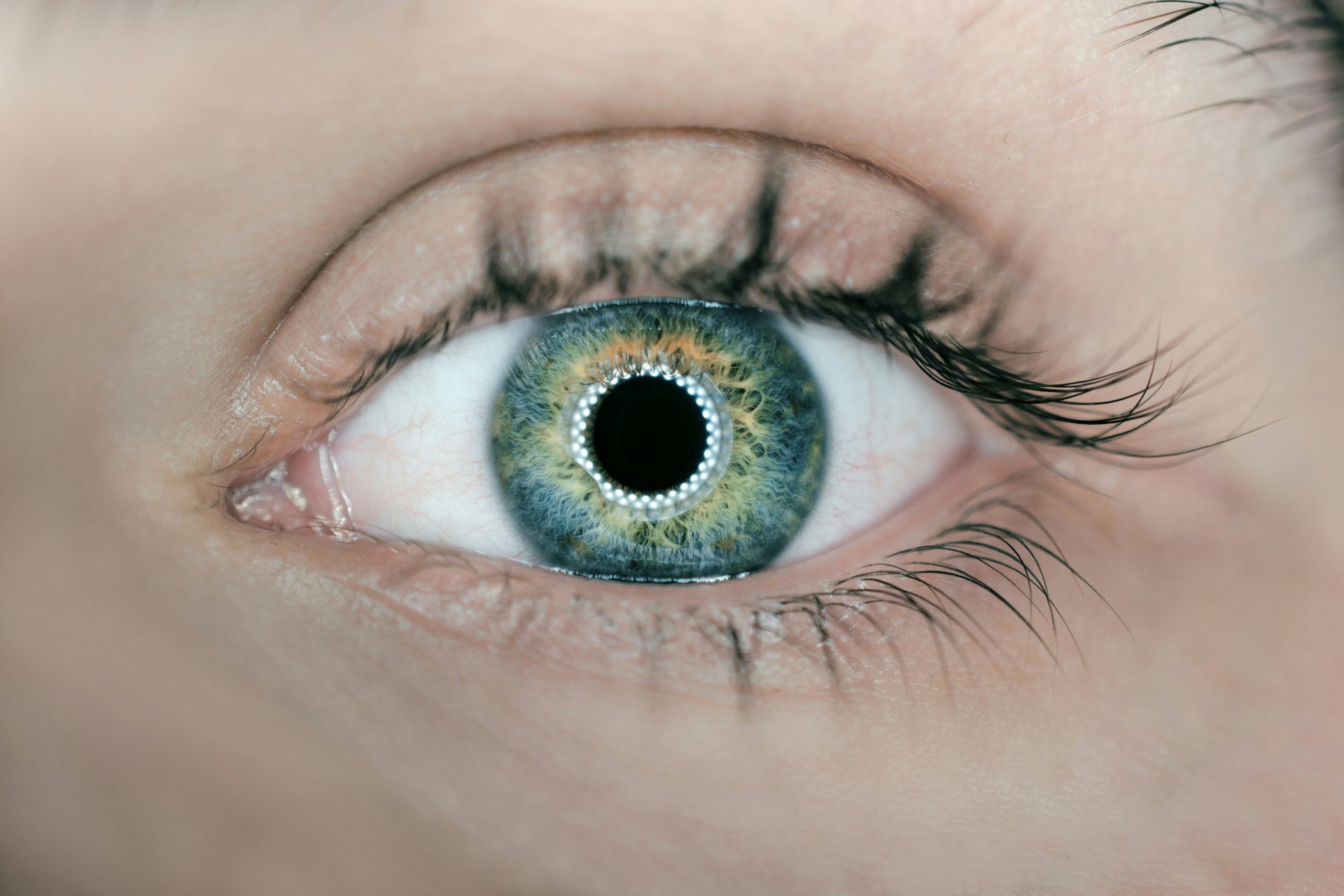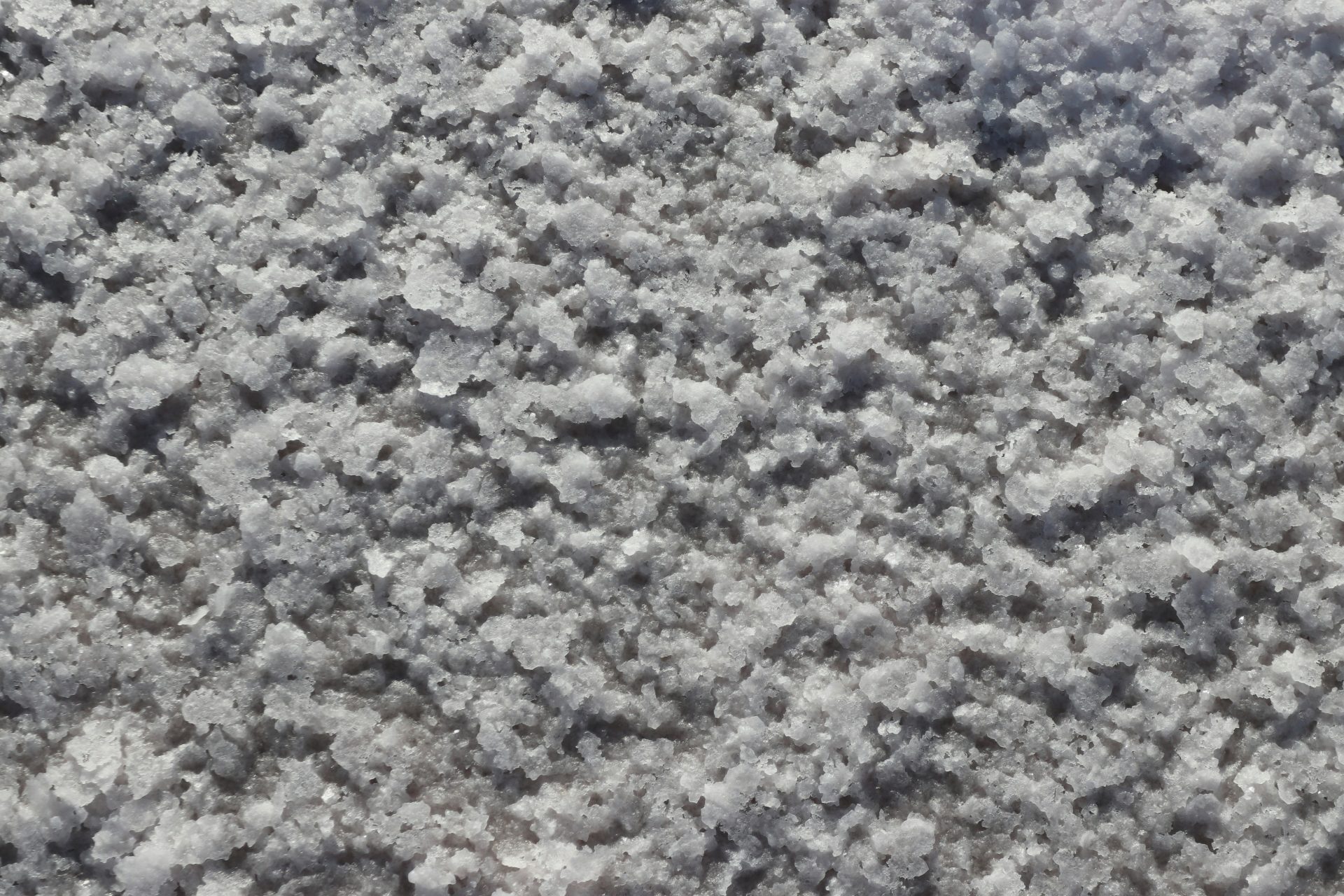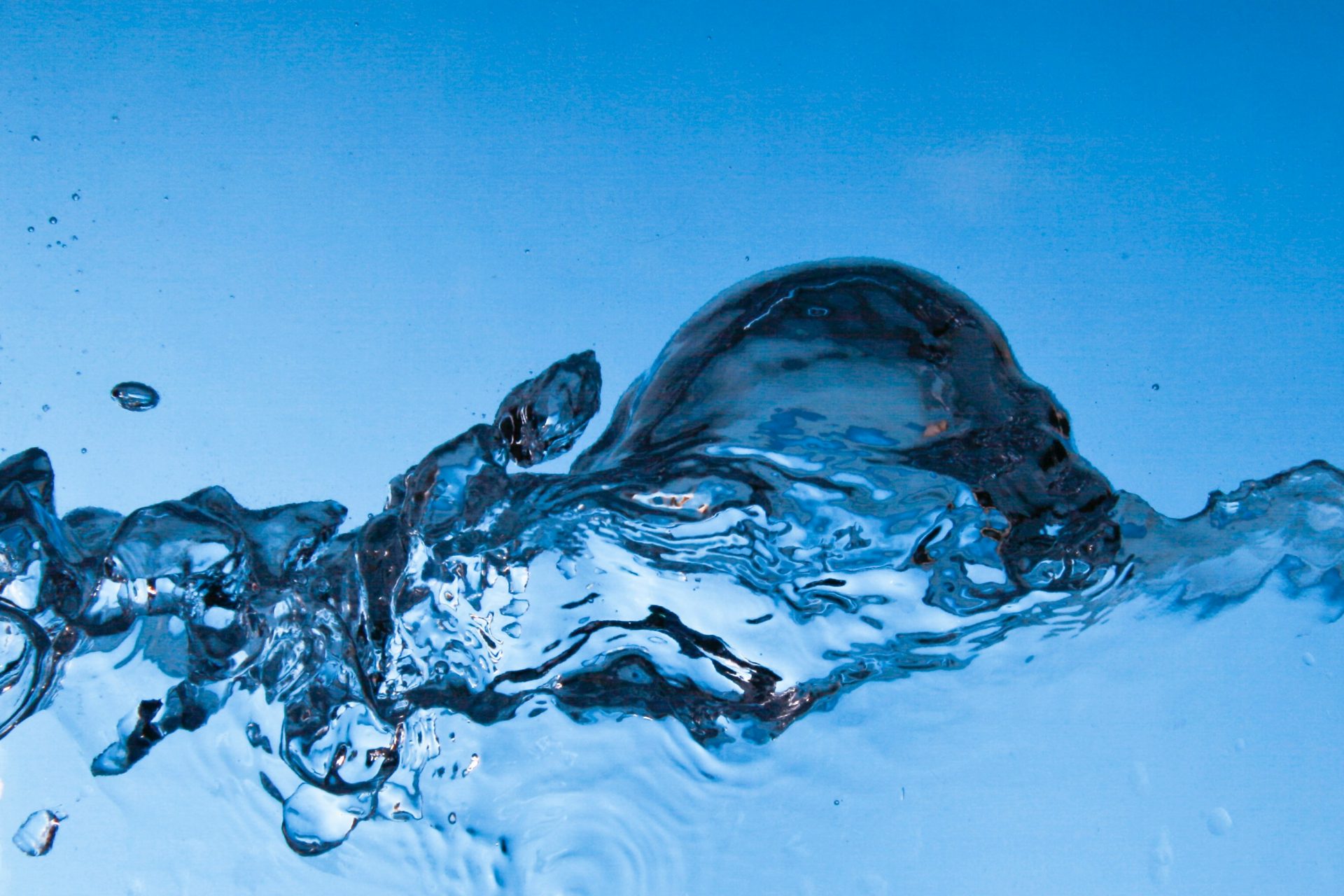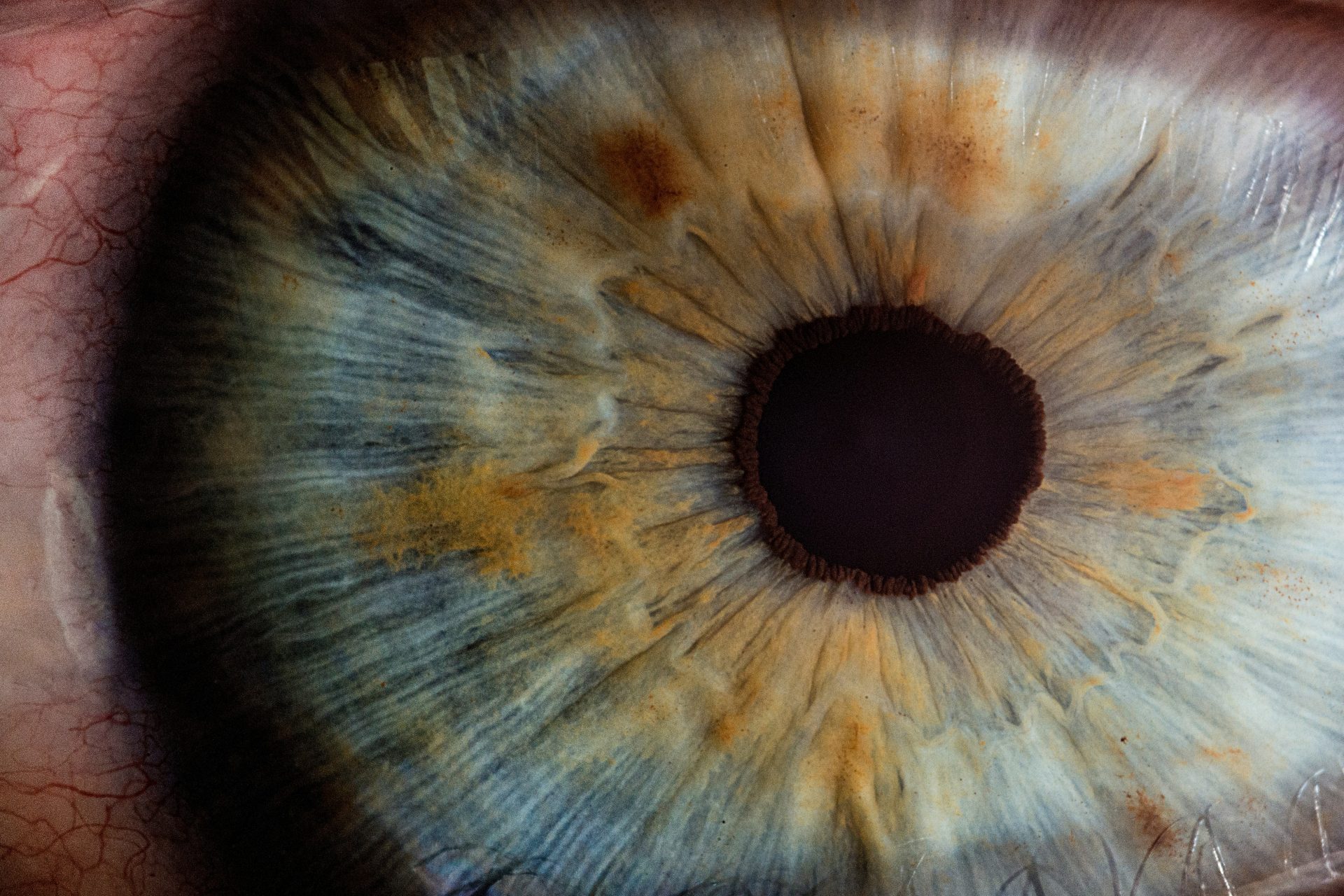Why are tears salty?
Whether they are of joy or sadness, tears are the tangible manifestation of a wide range of emotions and physical conditions of our body. One of their aspects that arouses greatest interest concerns salinity.
Let's find out together why tears are salty by studying their composition and the various types, making use of the help of the portal specialized in eye health All About Vision.
First of all, we confirm that tears are salty due to the presence of mineral salts in their composition. The main component, as you can imagine, is water, but let's see what the others are.
Credit: Nikolay Hristov from Unsplash
It is electrolytes, a word that derives from the Greek "lytós", which means "capable of being dissolved" "decomposing", that give the salty taste to tears. Electrolytes, within them, contain other important substances: sodium, potassium, calcium and magnesium.
In addition to electrolytes, human tears contain proteins, including lysozyme, lipocalin, lactotransferrin and IgA (immunoglobin A), and their protein concentrations vary between 6 and 11 mg/ml.
Credit: Mayank Dhanawade from Unsplash
Continuing to observe the contents of the tears, we discover that inside them there are mucins, substances that allow the viscosity of the tears to increase, consequently also increasing the wettability of the cornea.
Credit: Arteum.ro from Unsplash
The All About Vision portal also tells us that tears contain lipids, which prevent water from evaporating quickly, keeping the tear film stable (a film that extends over the corneo-conjunctival surface, acting as an interface between the eye and the external environment).
Credit: Bruno Henrique from Pixabay
Again according to what is reported by the aforementioned portal, each tear contains only around 0.3 mg of salt, a concentration which however can vary depending on the type of tear produced.
Credit: Christian Bass from Unsplash
The eyes represent a delicate and sensitive environment that requires an accurate balance between the concentration of salts and that of water. The salt content of tears helps regulate this osmotic balance, ensuring that eye cells remain hydrated and function optimally.
Credit: Quinten de Graaf from Unsplash
A very interesting comparison to better understand the reason for the salinity of tears is that with sea turtles. According to the Futurid portal, some scientists have discovered that these special animals shed very salty tears when they arrive on the beach to lay their eggs.
Credit: Kris-Mikael Krister from Unsplash
It is not a real cry, but a way to get rid of the excessive quantity of salt contained in their bodies, due to the marine environment in which they live and the food they eat, which is very different from the terrestrial environment.
Credit: Giorgia Doglioni from Unsplash
Not everyone knows it, but not all tears are the same: the human eye produces three types of tears, each with a very specific functionality and with a different salinity. Let's discover them together in the next slides.
Basal tears have a purely functional purpose, as they serve to lubricate the eye and protect its surface. In this way the cornea will always remain moist, nourished and protected.
Credit: StockSnap from Pixabay
These are tears that are produced by the eye to respond to external stimuli such as smoke, dust, or any type of irritating vapour. They can even be produced while yawning or chopping onions!
Credit: Becca Tapert from Unsplash
Furthermore, the reflex tears contain antimicrobial properties to fight any bacteria and counteract infections or irritations.
Credit: Marina Vitale from Unsplash
Also in this case these are tears produced by the eye in response to various stimuli which however this time concern the emotional sphere. Sadness, happiness, anger or stress can be the triggers.
Credit: Bob Dmyt from Pixabay
These types of tears carry prolactin and leucine enkephalin, considered stress hormones. This explains why you feel better after crying: because the body gets rid of these substances.
The salinity level of the three types of tears is not always the same. For example, both basal and reflex tears are much saltier than emotional ones: this is because in the latter the lack of salt is compensated "by the presence of hormones, which act as natural analgesics by restoring balance in the body and reducing the stress levels,” according to All About Vision.
Credit: Daniele Levis Pelusi from Unsplash
The mixture of water and salt present in tears is, therefore, a response of our body to maintain the right physiological balance, which is important for eye health.
Credit: Giorgia Doglioni from Unsplash
Tears are produced by the lacrimal gland located above the outer corner of the eye, drawing from the water contained in the human body. And it is precisely in the gland that the mixture of water and salt is created.
Both compositions contain water. Sweat is also composed of minerals, including sodium, chloride and vitamin K and is released between the sweat glands. The main difference consists in the presence, in the tears, of mucus and oils that help keep the eyes lubricated.
Credit: Nathan Dumlao from Unsplash
More for you
Top Stories






